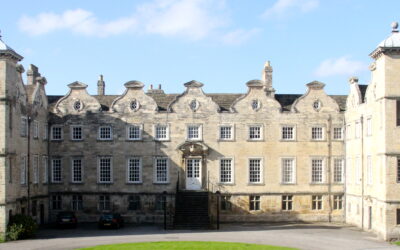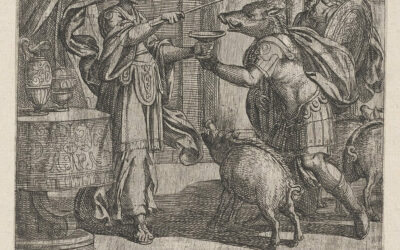Most of 16th century England was made up of small communities where rumours spread fast. Anyone perceived as different could have questions circulating around town about them.
Eventually, there would be a formal accusation of witchcraft. Then evidence would be collected, beginning with testimony from the friends and family of the accused ‘witch’ and a physical examination of the accused. The most powerful form of evidence was a confession from the accused themselves, which was often obtained under torture, technically legal at the time. Matthew Hopkins was known for using tests of witchcraft as evidence of guilt. At the Witch Trial, a Justice of the Peace would present the evidence and pronounce the sentence, either release or execution.
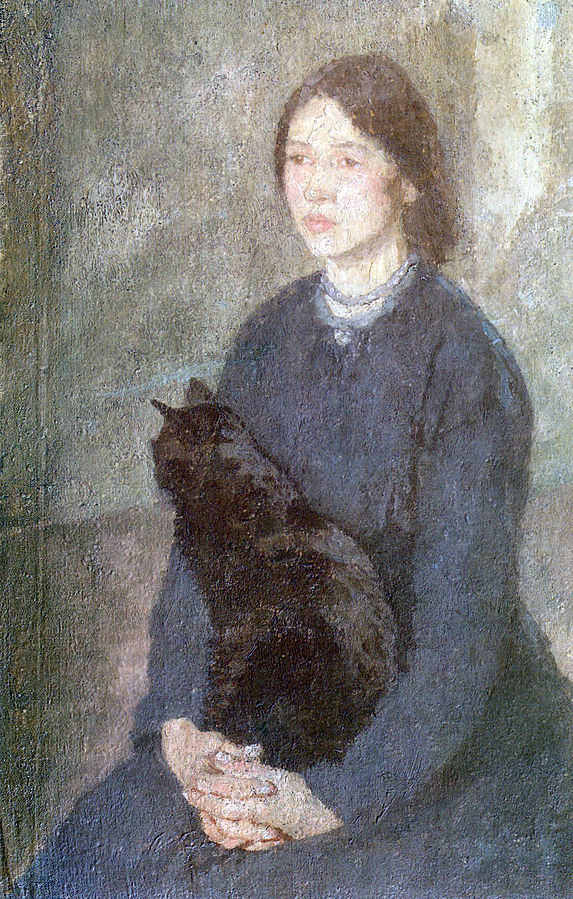
Although most people accused of witchcraft were older, poor women, there were also a number of men, young people and wealthy individuals who were unfortunate victims of the English Witch Trials a few hundred years ago. Anyone who owned a cat, often thought to be a witch’s familiar, was seen as especially suspicious.
Accusations of Witchcraft
Those accused of witchcraft were often said to be acting strangely and blamed for the death of animals in their hometown.
Agnes Whittenbery was accused in 1601 of bewitching two hogs to death which belonged to Francis Combes.
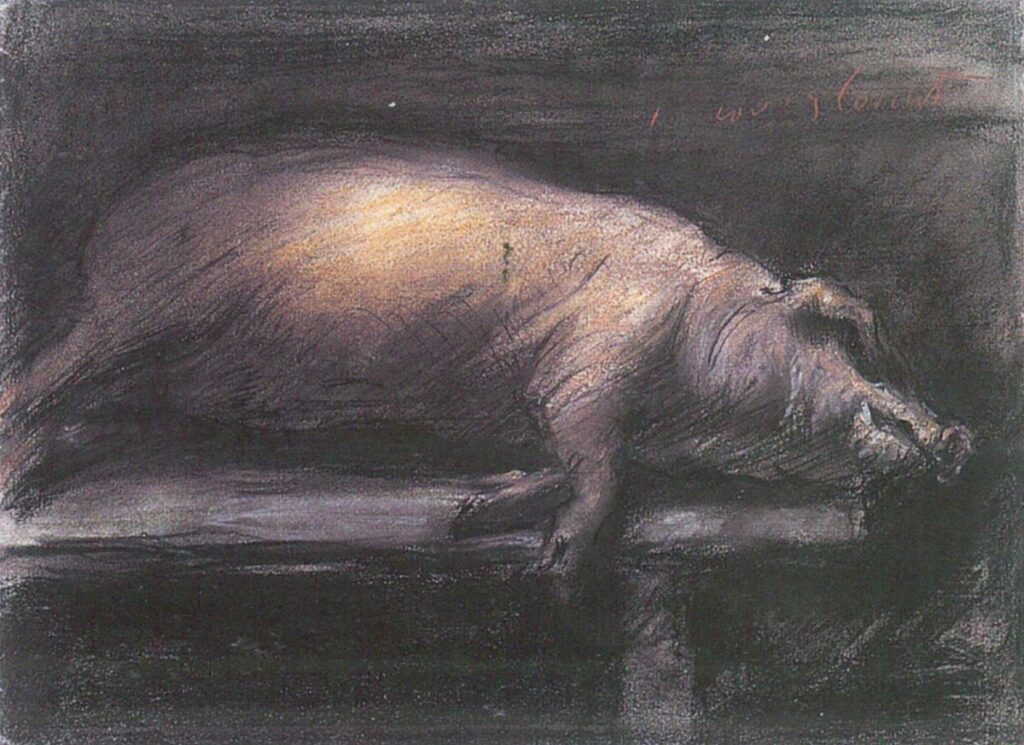
An unnamed woman was apparently discovered by cats bouncing in the air in 1671. She was jailed for supposedly causing, by witchcraft, the Queen’s barrenness and the death of an MP, Colonel Robinson.
False Accusations of Witchcraft
Sometimes, witnesses who had previously come forward and spoken against an accused witch would admit that they had lied.
Edmund Robinson, in 1634, admitted that he had fabricated evidence against the Lancaster witches. He heard a story about witches meeting at Mocking Tower in Pendle Forest, Lancaster, and so he related this to the authorities. He said that the witches meeting there included Frances Dickenson, Jennet Hargreaves, William Devys (Jennet’s half brother) and Beawse.
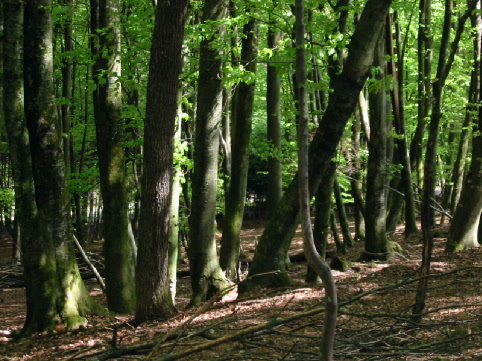
Edmund Robinson had also previously claimed that a number of neighbours spoke out against these individuals, but now admitted that this was a lie. He had claimed that: Edmund Stevenson suspected Frances Dickenson of harming his wife; William Nutter’s wife blamed her sickness on Jennet Hargreaves and William Devys; Beawse was assumed to be a witch; Sharpee Smith claimed that Jennet Loyd killed her neighbour’s cow; Robert Smith suspected Jennet Hargreaves of killing his wife.
Witness Testimony of Witchcraft
Testimonies were often collected from those who knew an individual accused of witchcraft, and these could provide evidence for or against the charge of witchcraft.
Anne Piers, who lived in Padstow, was accused of witchcraft and received support from a number of her neighbours. They were men between 34 and 70 years of age (a tailor, a sailor, a vicar and a number of merchants and constables), who all signed a statement to attest that they did not think her to be a witch and although she was a woman of ‘loose life’, they had never seen any evidence of her being a witch.
Physical Examination of a ‘Witch’
One of the supposed pieces of evidence for witchcraft was a physical examination of the individual. Surgeons and midwives would look over the body of the accused for any witches’ marks.
Jenett Hargreaves, Margaret Johnson, Mary Spencer and Frances Dickenson were inspected in 1634 and unfortunately for Margaret Johnson, she was found to have two ‘teats’, which were seen as evidence of witchcraft.
Confessions of Witchcraft
Often subjected to cruel torture (sometimes supervised by King James himself), many people confessed to witchcraft under questioning. In 1634, three women in Lancaster, Margaret Johnson, Mary Spencer and Frances Dickenson, were accused of witchcraft and they confessed to the Bishop of Chester. It was common for a senior member of the church to take the lead in cases involving witchcraft. See their full confessions here.
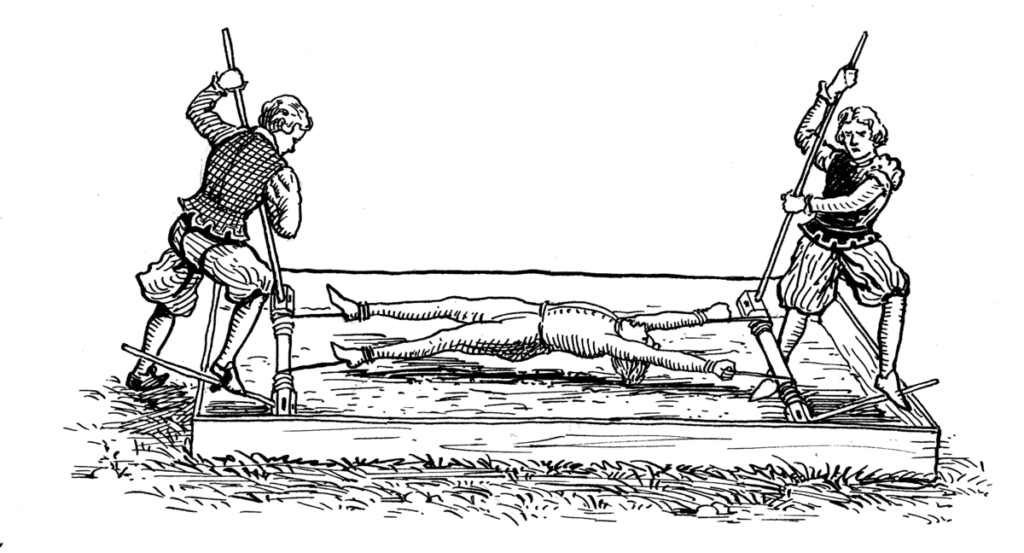
Margaret Johnson was a poor widow aged 60 and claimed that she had been a witch for six years, at which point she had come across a man dressed all in black. He offered her power to hurt others if she gave him her soul, but she refused. He returned often until at last she gave in. She also said that when he came to her, they had sexual experiences. He sometimes appeared to her as a dog, cat or hare and sucked her blood at her private parts.
The Bishop of Chester revealed in a letter that four of those previously arrested for witchcraft in the area, John Spencer, Alice Higgin, Jennet Loyd and Jenett Hargreaves had either died or were soon to die in custody. Although he does not give their cause of death, it is likely it was due to the dangerous torture methods used at the time. He describes Margaret Johnson’s reaction to questioning: she had tears in her eyes while she prayed to God for repentance.
Tests of Witchcraft
Matthew Hopkins, the ex-lawyer and self-pronounced Witch Finder Generall, was known to have employed a specific set of ‘tests’ to prove that someone is a witch.
One example is the water test: the individual would be bound and thrown into a body of water, where they would either sink or float. If they sank and died, they were innocent. Otherwise, due to the supposed witch’s rejection of their own baptism, the water would repel them and they would float, thereby proving their guilt.
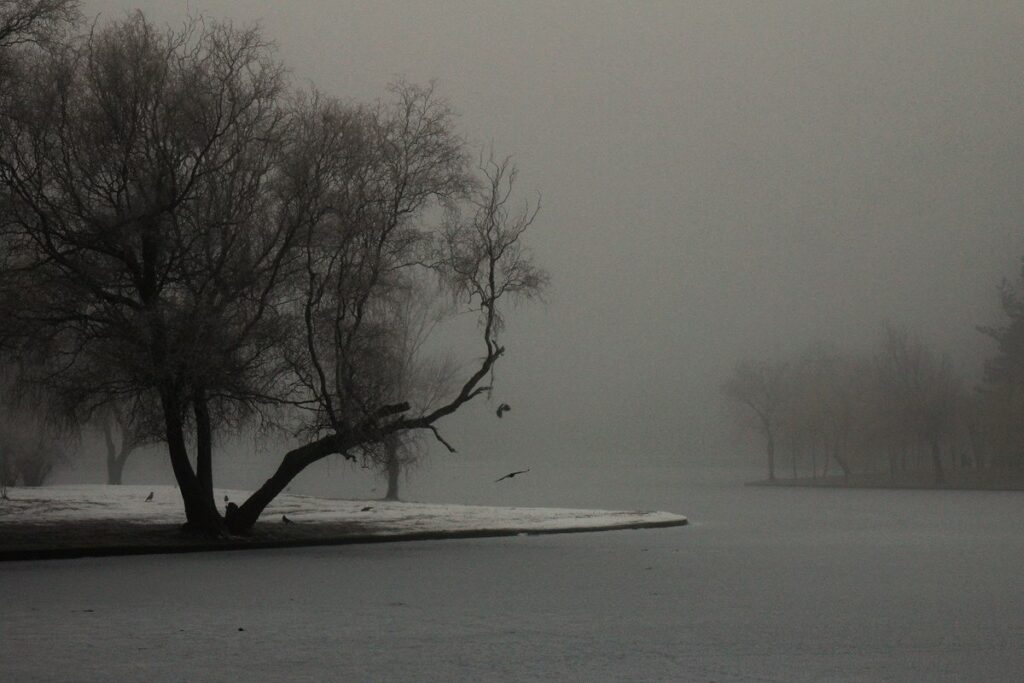
Matthew Hopkins and his assistants were paid for their witch finding services all over England and were responsible for the deaths of hundreds of people. It is likely that he died after contracting tuberculosis, though it is often claimed that he himself was accused of witchcraft, being subjected to his own cruel water test, where he floated, after which he was hanged.
Witch Trial
A Witch Trial in 16th century England would be presided over by a Justice of the Peace, who was a member of the gentry responsible for protecting his community. They would gather the evidence collected so far and present it to the jury. Unfortunately, this so-called ‘evidence’ was highly unreliable and based on prejudices and fears of the era, and so many individuals were convicted of witchcraft.
Release of an Accused ‘Witch’
If an individual were found innocent of the crime of witchcraft, they were not always let go.
Thomas Harvey, from Rutland, was accused of witchcraft and wicked practices with the devil, then later he was found innocent. However, by 1650 he had still not been released from prison. His friend Henry Alcocke petitioned the privy council for his release, stating that he was being deprived of his liberty 140 miles from his family.
Execution of an Accused ‘Witch’
In England, a person found guilty of witchcraft would normally be hanged and their body burned on a pyre. Despite what is portrayed by modern media, burning at the stake was not the most common punishment for a ‘witch’.
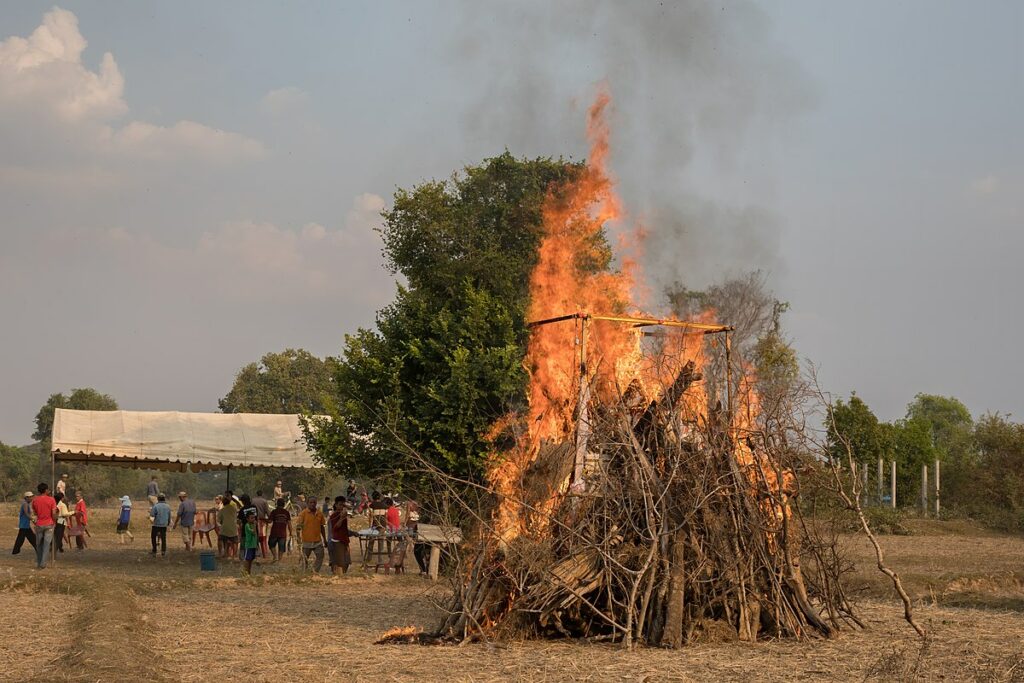
However, in Scotland a formal Witch Trial often never took place prior to pronouncing someone guilty, and around 4,000 people are said to have been burned alive at the stake for the crime of witchcraft. Nicola Sturgeon has apologised on behalf of Scotland for all those accused of witchcraft.

